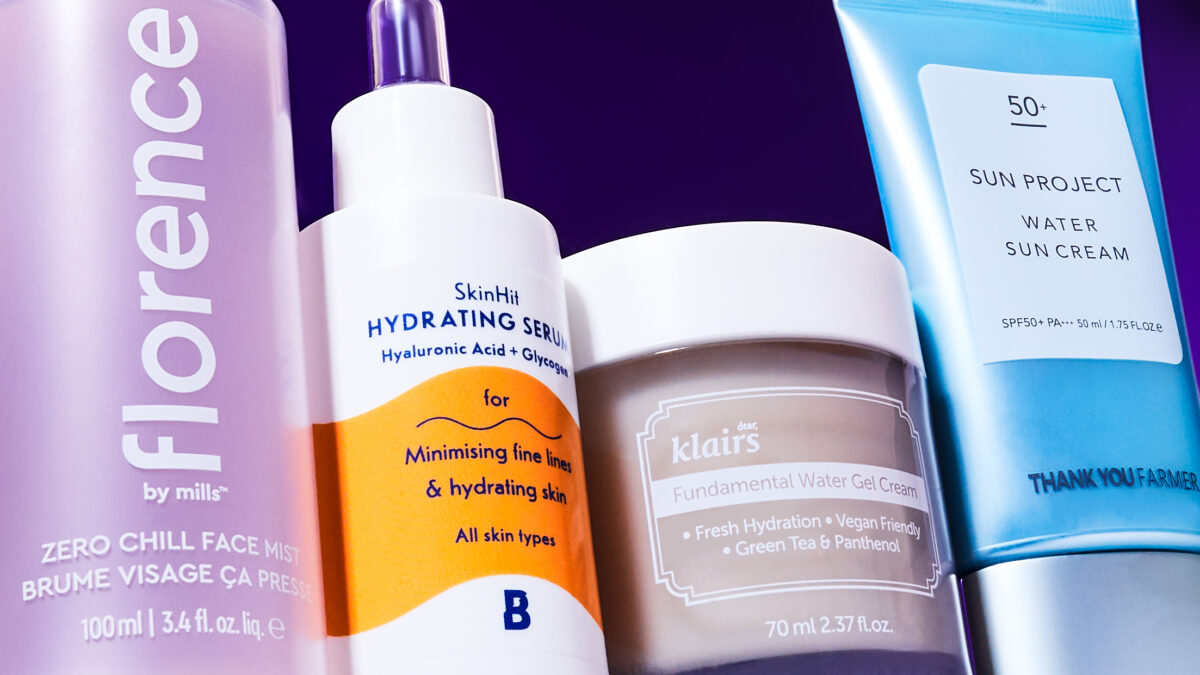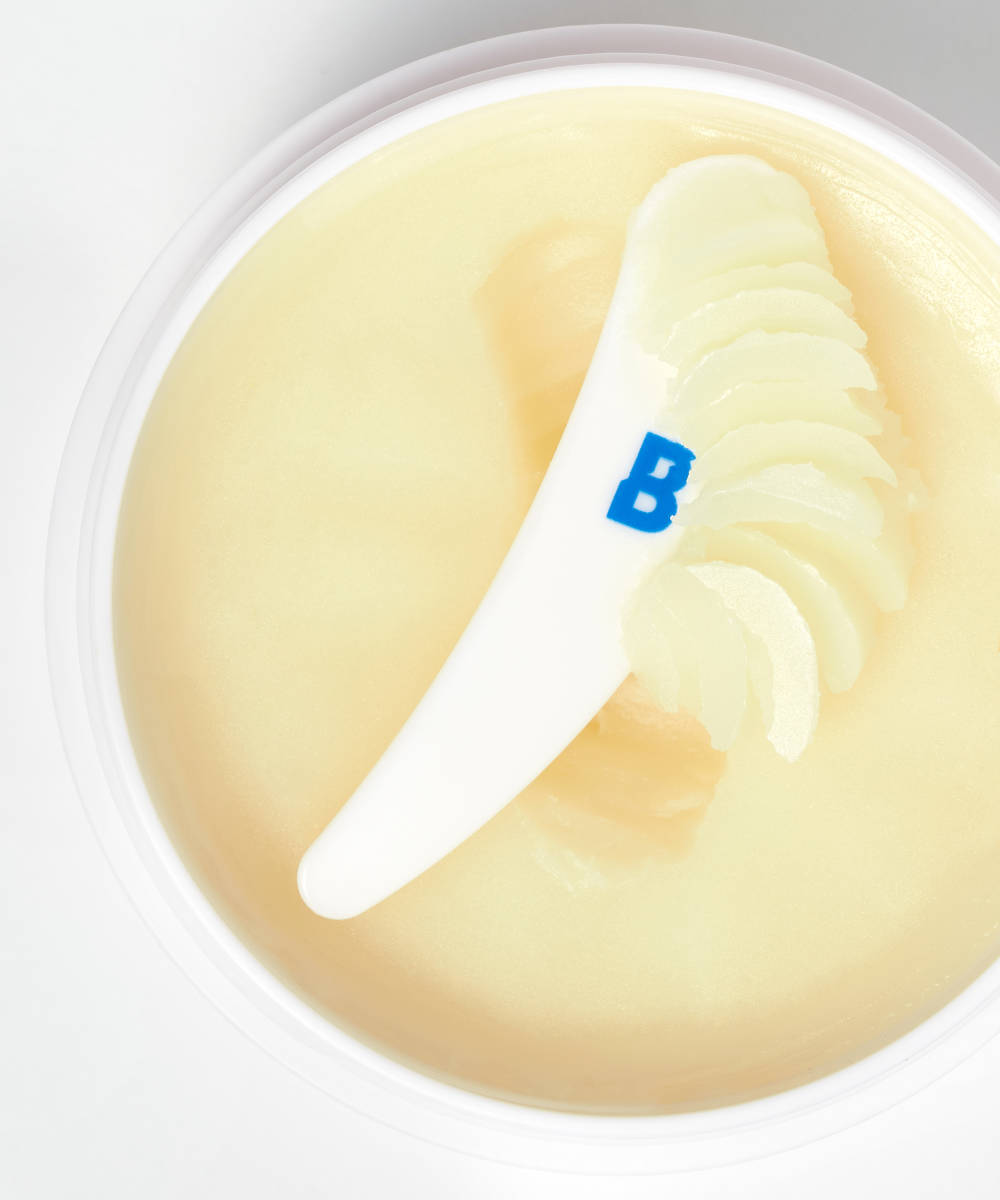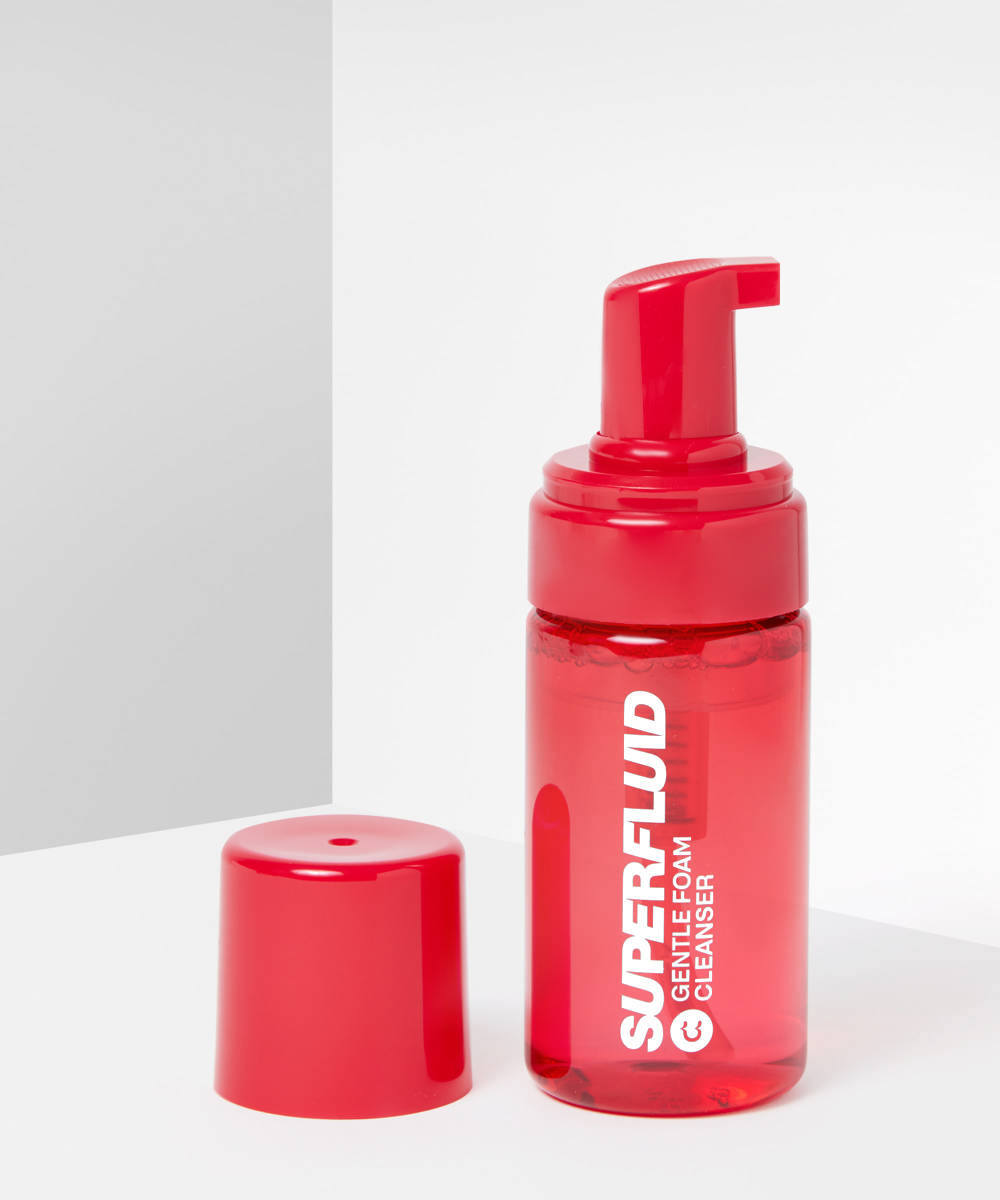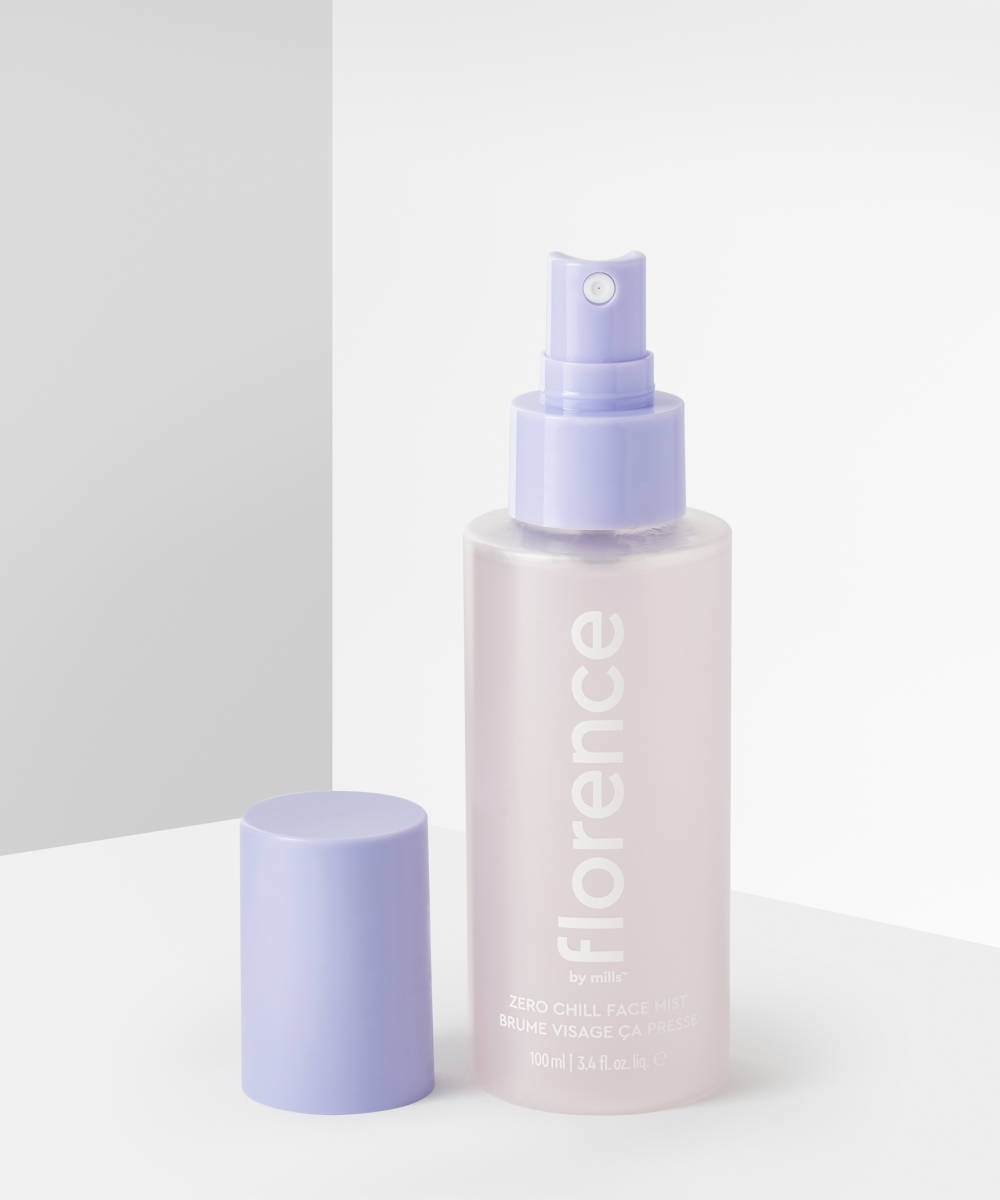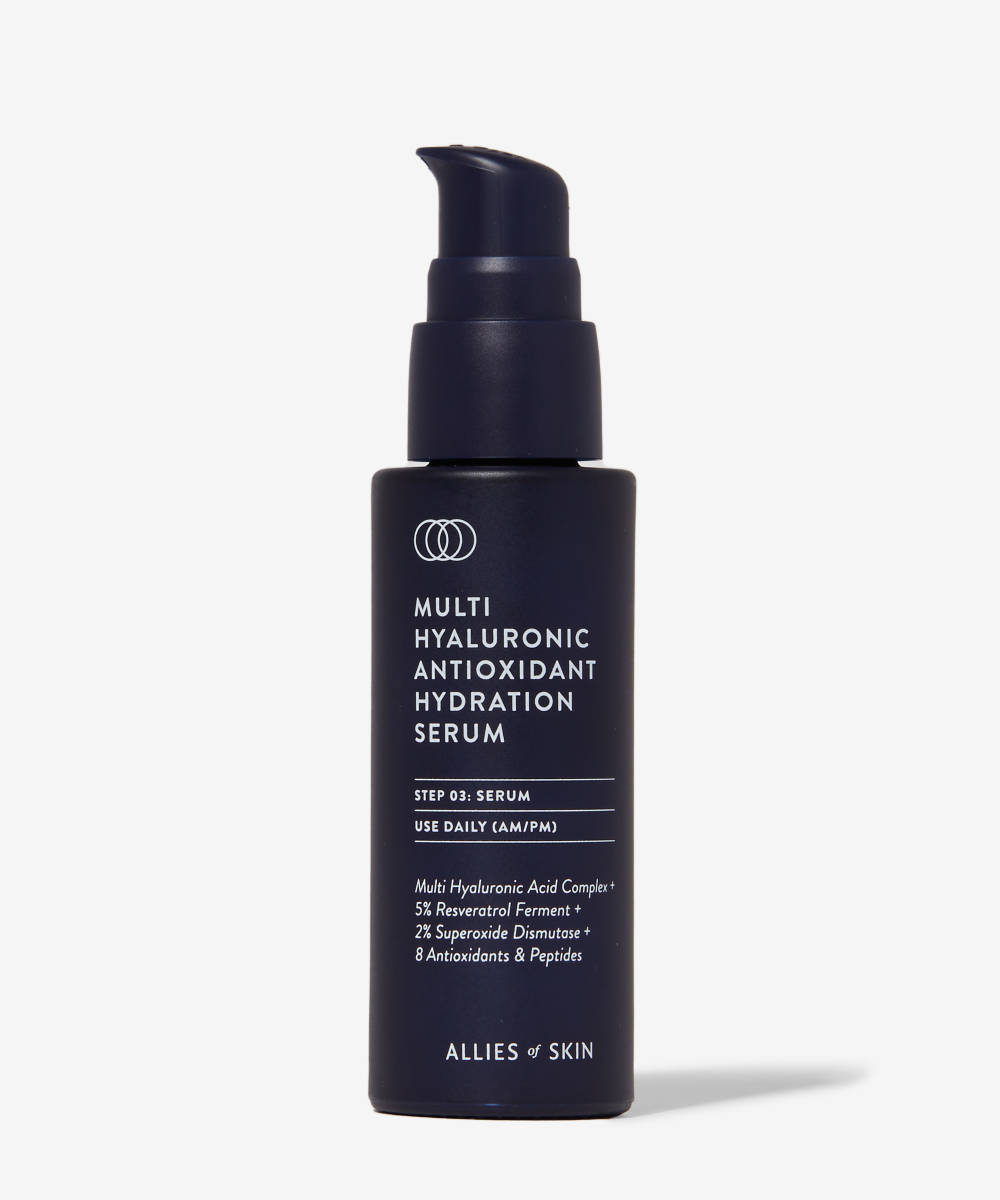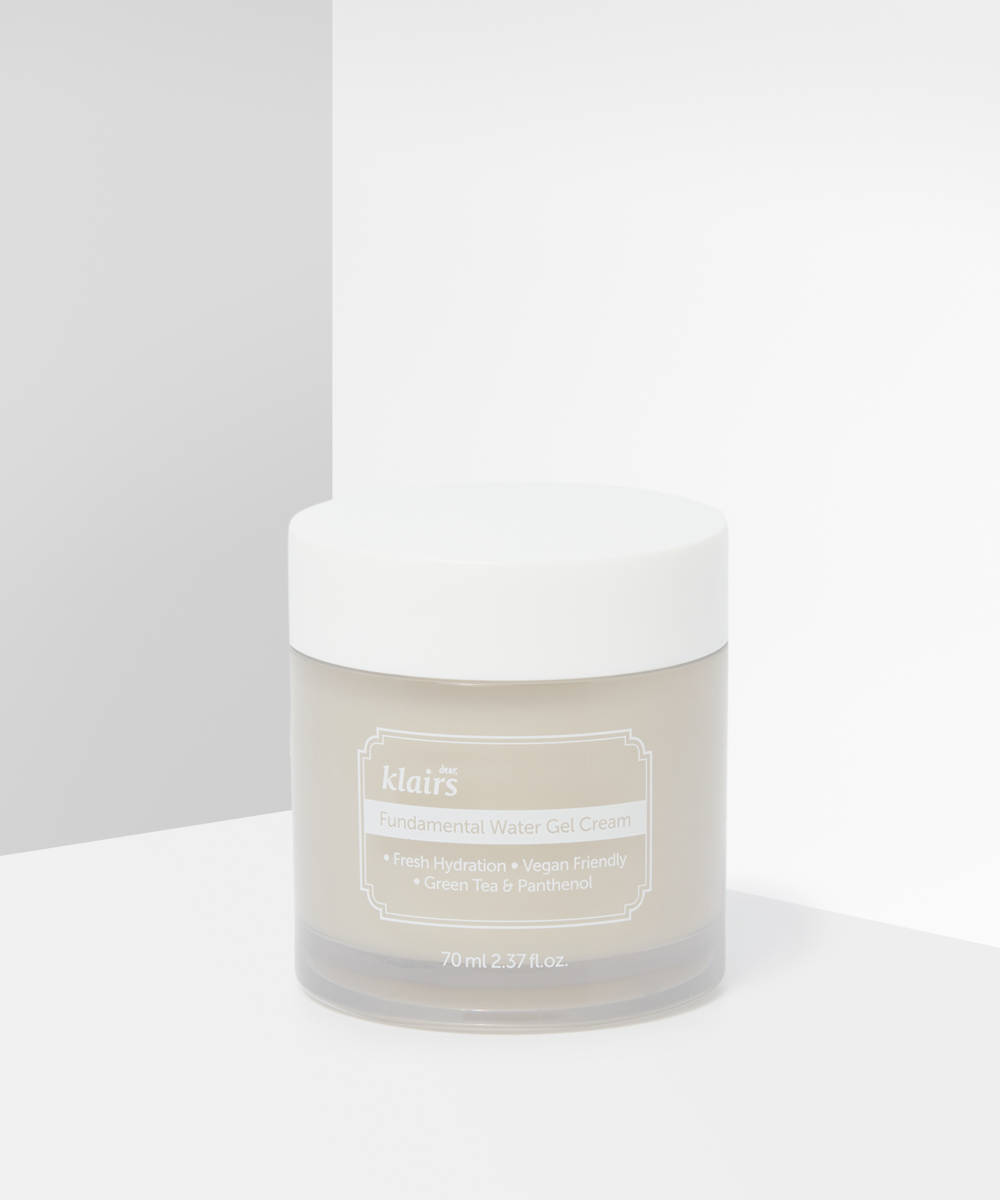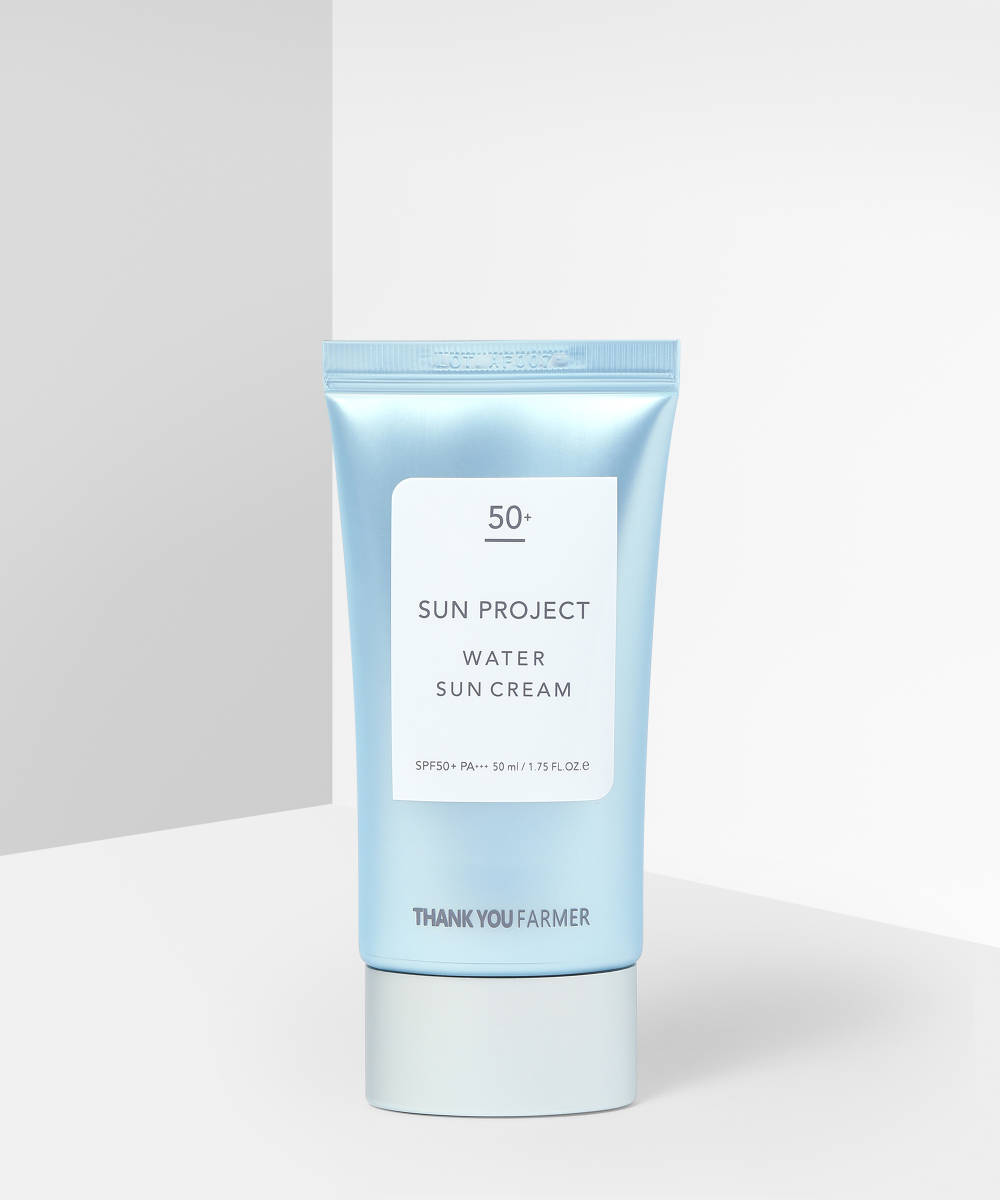Hi Grace,
My skincare routine has got longer as I’ve got older and I now apply multiple serums to my face as well as eye cream, toner, SPF, moisturiser etc. As you can imagine, things are getting complicated! What’s the correct order to apply these products, and does it really matter?
Laura, 27
I’ll start by answering the second part of your question, because yes, the order in which you apply your skincare is actually very important. In fact, the way you apply your products is equally as important as the products you use – layered incorrectly you could end up missing out on loads of skincare benefits, or worse, causing irritation to your skin.
The two general rules of thumb are to a) apply products from the thinnest to the thickest texture, and b) apply water-based products before oil-based ones – this allows the ingredients to absorb effectively. Of course, there are also rules around which ingredients can and can’t be layered together in the same routine, so it’s important to remember this if you use ingredients like acids, vitamin C, or retinol. Try to keep to just one of these ‘active’ ingredient per routine to avoid complications.
There is no one size fits all, so I’d always recommend referring to the instructions on your products as well, but below I’ve put together some general guidelines and a suggested morning routine.
Cleansers
Cleansing should be the first step in both your morning and evening routines since it preps the skin for the products you’re about to apply, ensuring the ingredients can absorb easily. If you’ve worn makeup, then use a makeup remover or micellar water first. Aim to remove 90% of your makeup at this stage. For your first proper cleansing step, use an oil-based cleanser like a cleansing balm or oil. This will help to break down any remaining makeup and also to remove excess sebum (the skin’s own natural oils). For your second cleanse, use a water-based cleanser like a gel or foam. This final step will give your skin a deeper cleanse and leave it feeling refreshed.
Toner
Remember what I said earlier about layering products from thinnest to thickest? A toner or mist is the first of these steps. That isn’t to say you have to use one, but it’s a great way to get some initial moisture into your skin after cleansing. However, not all toners are focused on hydration. Some may be acid-based (what’s known as a chemical exfoliator) and should only be used a couple of times a week. On the days you use them, remember to avoid layering serums with acids, retinol, or vitamin C on top.
Eye Cream
If you want to apply eye cream, now’s the time. These targeted formulas are designed specifically for the eye area so won’t cause irritation and can help to target eye-specific concerns like fine lines, puffiness, and dark circles. Applying them before your serum allows the eye cream to create a barrier over the delicate eye area which acts as a buffer to any strong (and potentially irritating) ingredients in your serums.
Serums
If you’re applying multiple serums, then again remember the thinnest to thickest layering rule, but don’t overwhelm your skin with too many products. Serums are highly concentrated blends and most already contain a combination of multitasking ingredients. A hydrating serum followed by a more active serum to target skin concerns like dullness, breakouts, or pigmentation is probably all you need.
Moisturiser
Think of your moisturiser as the winter coat of your skincare routine, there to seal in all the ingredients you’ve just applied and prevent dehydration. Some moisturisers may contain active ingredients like vitamin C or retinol, so again, watch out to make sure there are no contraindications with the ingredients in your serums.
SPF
Your morning routine should end with SPF, the most important product you’ll apply. And yes, you should be wearing it 365 days a year. Many SPFs block other ingredients from being absorbed into the skin, which is why it’s best to apply them last, and this also makes reapplication much easier.
Oil
You don’t need to apply SPF at nighttime, but if you have dry skin, you may want to finish your evening routine with a facial oil. Oils should always be the final step because the majority of the products you’ve applied previously will be water-based. The molecules in oil-based formulas are large, so if applied before water-based formulas they would prevent effective absorption.
Here's an example...
If you have a question for our resident beauty editor and esthetician Grace Day, tweet us at @beautybay using the hashtag #AskGrace for a chance to be featured.
